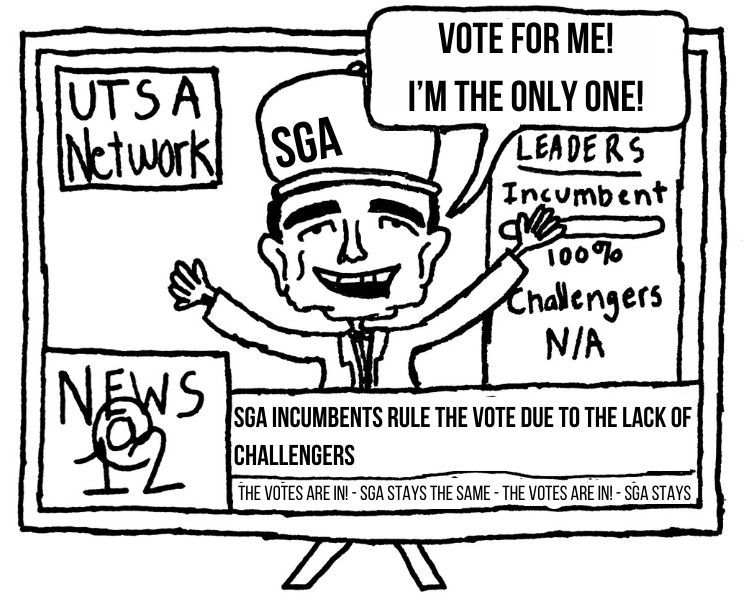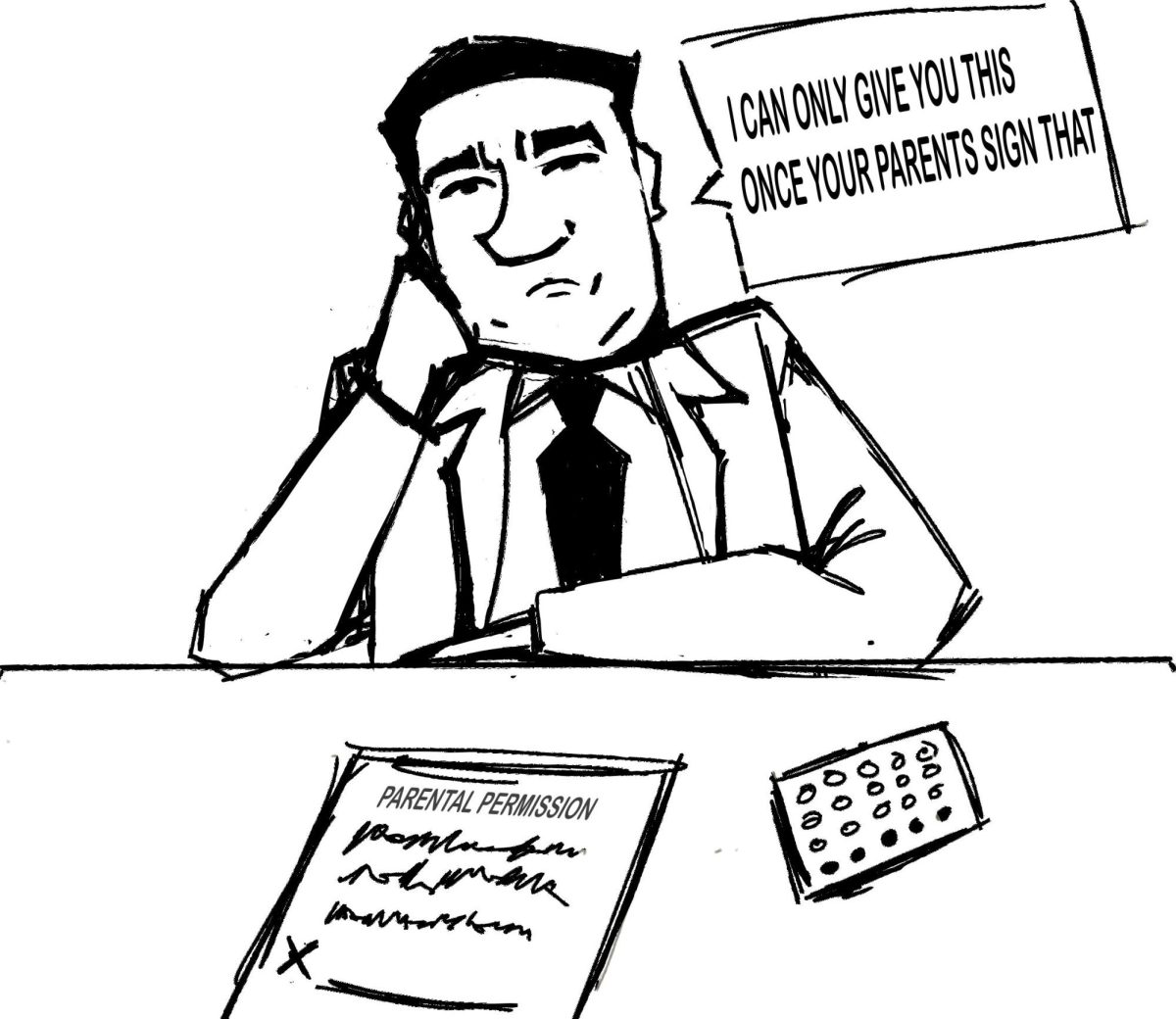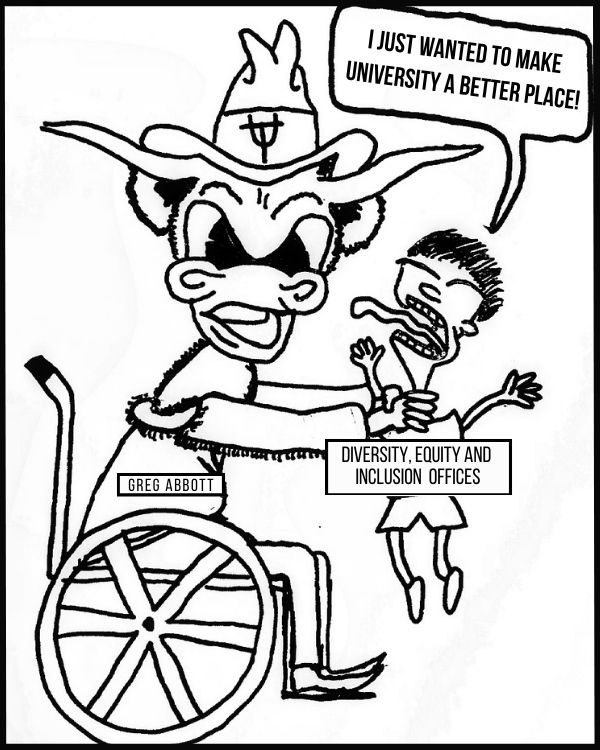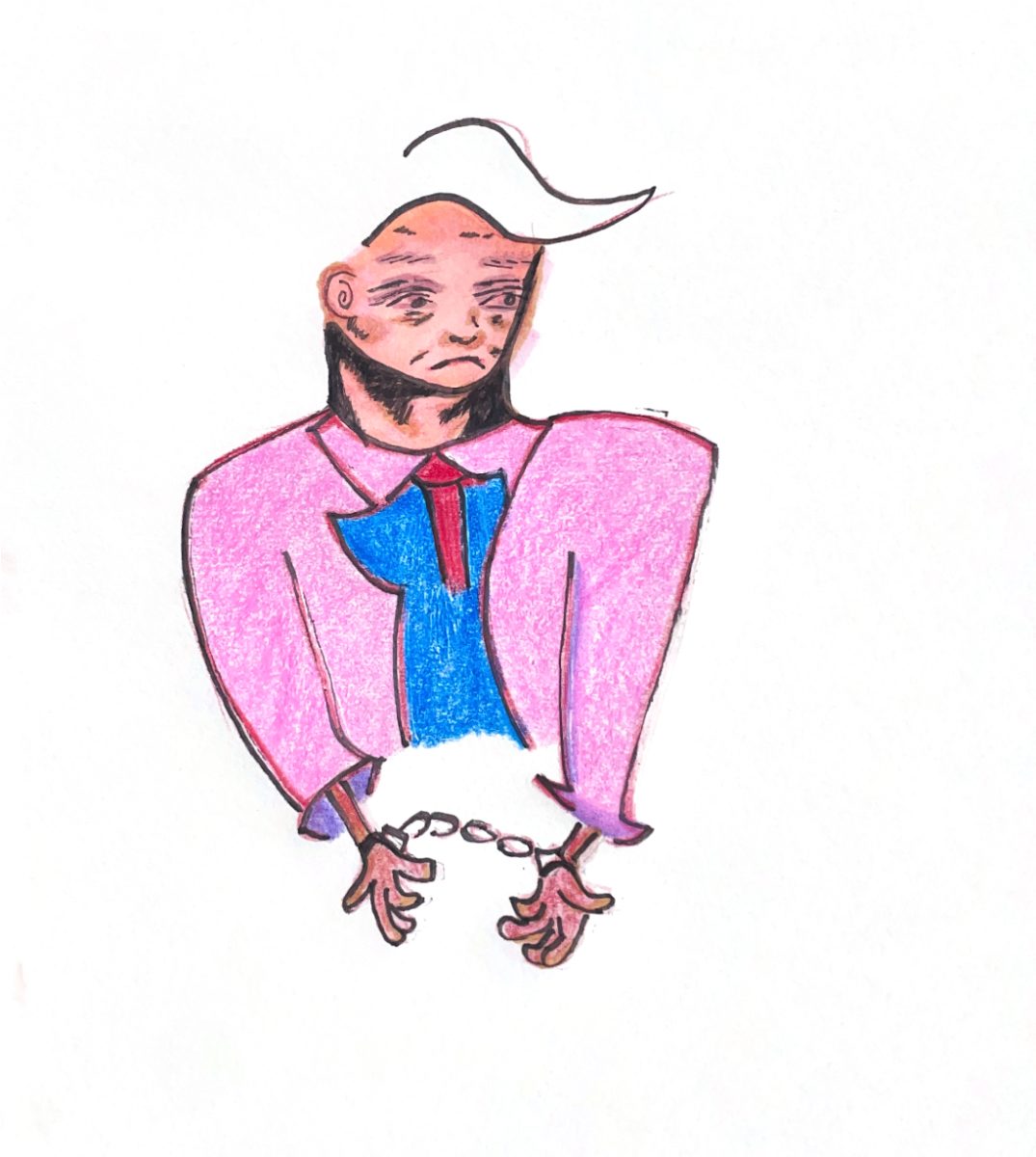“College education raises your earning potential” is an economically fatal truism. By the time high school students graduate, a four-year university has been packaged and sold to them as the step for a successful future.
UTSA’s incoming class of 2021 has made their decision: they are now bona fide college students. Parents, family, teachers and peers have played their part in helping them take their first step.
But what happens if these students don’t complete their degree? It’s a fair question considering only 30.6 percent of UTSA’s first-time, first-year undergraduate students complete their program within six years. According to the numbers, nearly 70 percent of those at orientation won’t graduate from UTSA in at least six years, or at all for that matter. And graduation rates aren’t just a UTSA problem.
Public universities share a pool of students lost between enrollment and graduation. A study in the New York Times reported the national graduation rates at public universities is 46 percent (within six years).
Many of these students discovered college was not for them; others left for financial or personal reasons. Saddled with debt and time wasted, many never break free from their expensive trial-run of college.
Massive student-loan debt cripples the lives of millions; it can follow them to their deathbed. Americans owe over $1.44 trillion in student debt.
In a conversation with the Paisano last semester, UTSA interim President Pedro Reyes shared concern for the potential disaster students may face, and he expressed the desire to improve graduation rates.
Reyes is working to understand the critical pieces to student success on campus. In addition to UTSA’s Graduation Rate Improvement Plan (GRIP) enacted in 2012, Reyes advocates engaging and socializing incoming students, but such a goal is a two-sided effort—the students shoulder the responsibility too.
Incoming students owe themselves a moment of reflection. Success requires commitment to one’s academics. Students perform better in class when they have fostered an early sense of belonging and have made a commitment to their own education.
There is nothing wrong with not feeling that sense of belonging; college isn’t for everyone. What is wrong is diving into a college program with no intention to finish: go to class, engage in the university community and commit to completion.
A college education is one road to livelihood—a rewarding career and, perhaps, a solid financial foundation but it comes with a great cost. Every hour spent in class is another step toward completion. Ensure those hours aren’t wasted.

















